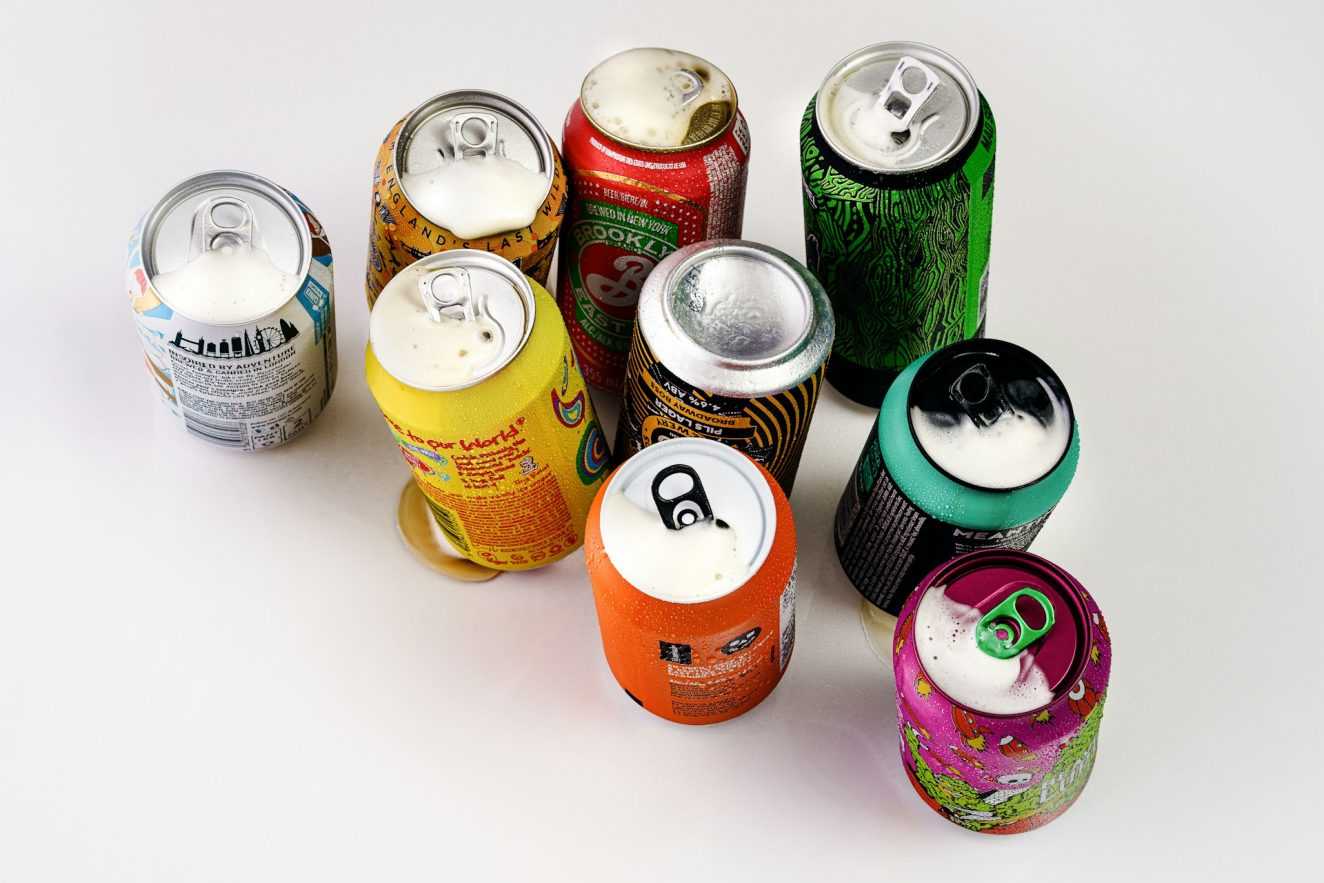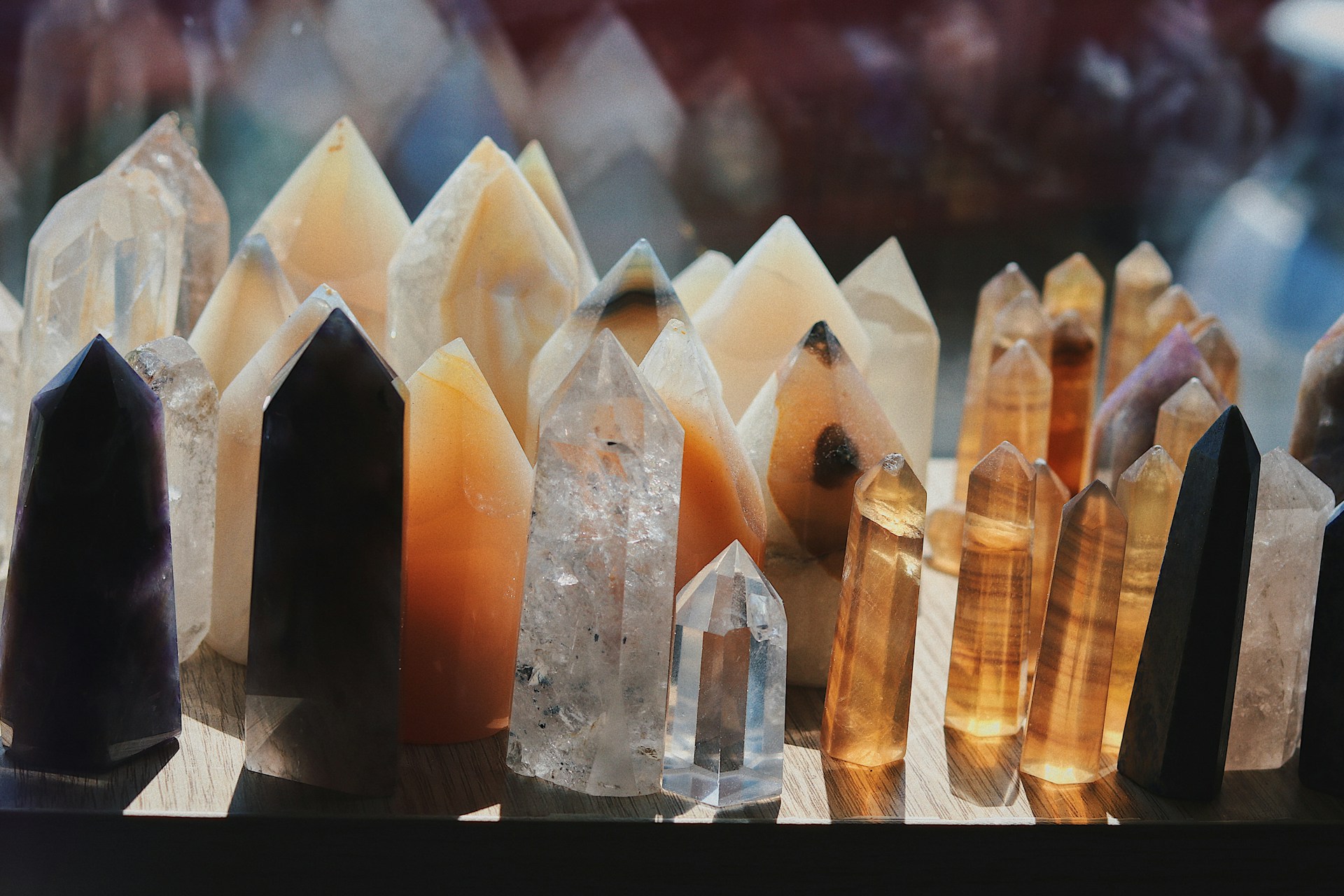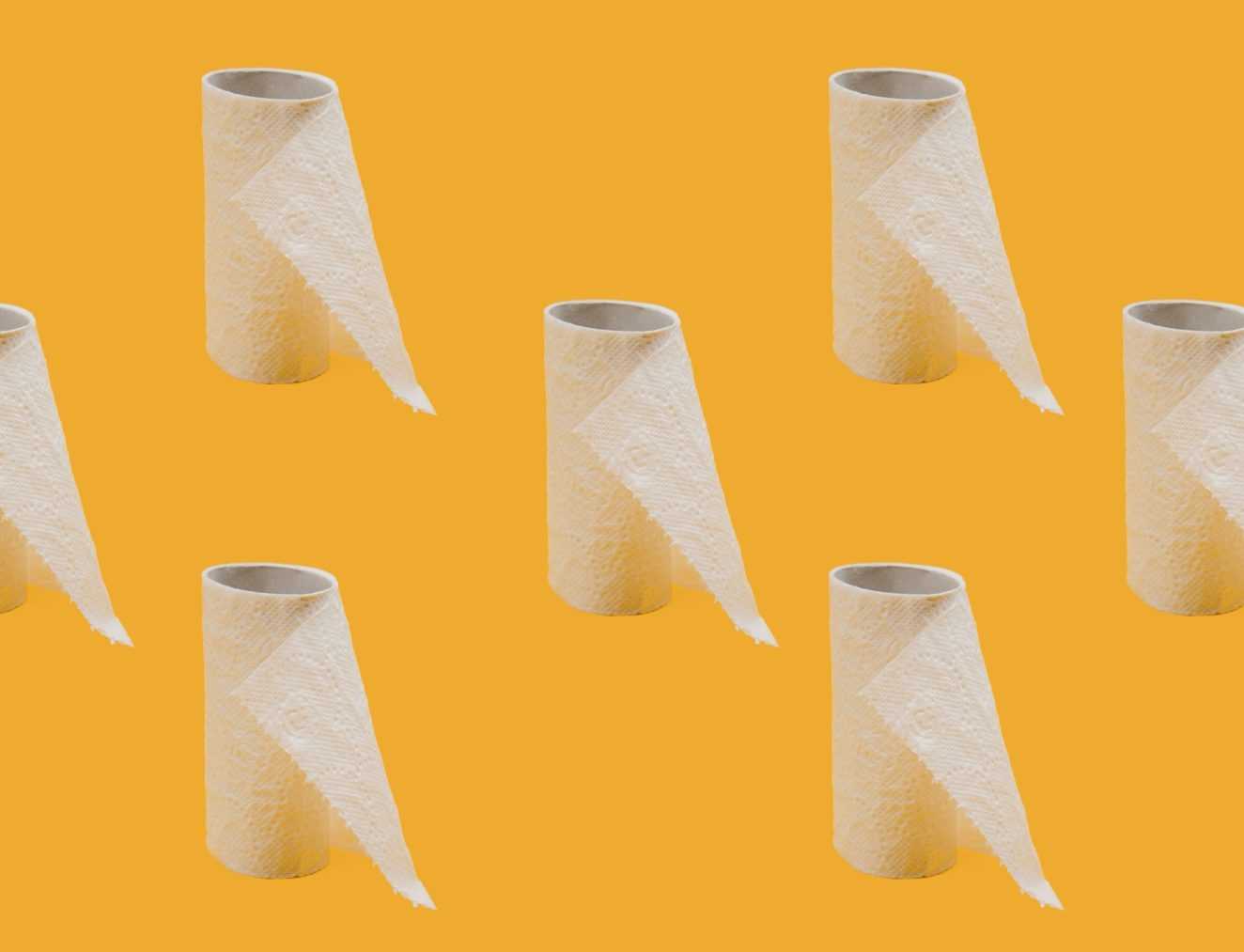Mirrors are an integral part of our everyday life, and we often take them for granted. These unassuming glass surfaces serve many purposes, from allowing us to admire our reflections to helping us groom, decorate, and navigate our surroundings. But have you ever wondered how mirrors are made or how they have influenced human history? In this blog post, we will delve into the fascinating world of mirrors, exploring their production, uses, and the significant role they’ve played in shaping our civilization.
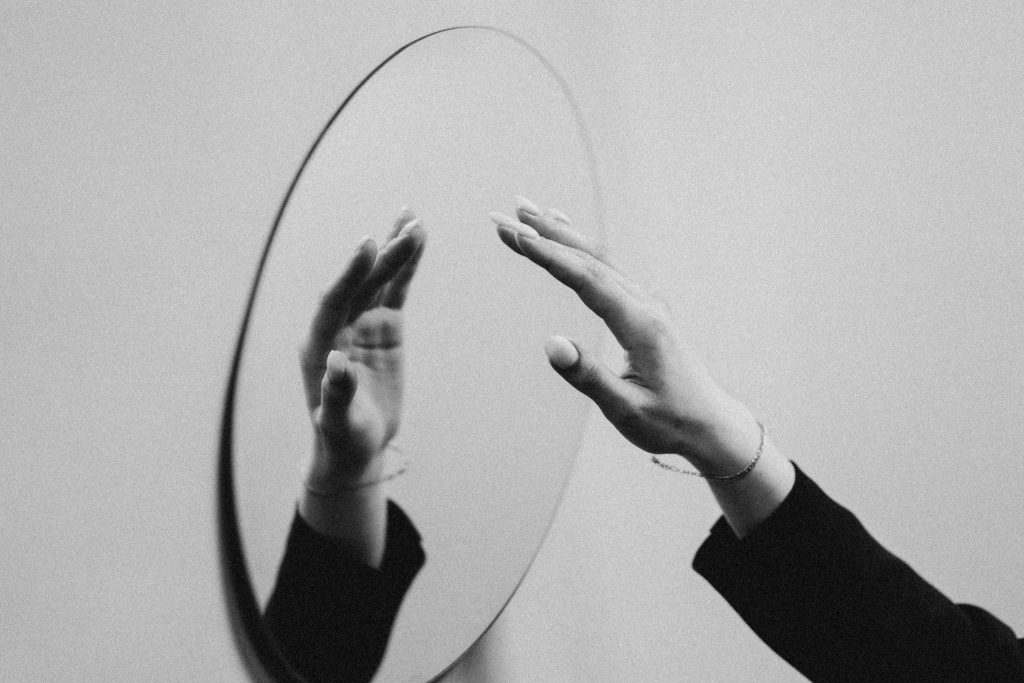
The Mirror’s Magical Craftsmanship
Mirrors have a long history, dating back thousands of years, and their production has evolved significantly. Let’s take a closer look at how mirrors are made today and the materials used.
- Glass Substrate: Most modern mirrors are made using a glass substrate. The glass used is typically low-iron, which minimizes the greenish tint sometimes seen in older mirrors.
- Reflective Coating: The reflective layer, traditionally made from silver, is applied to the back of the glass. However, aluminum is often used today due to its lower cost and similar reflective properties. A protective layer of paint is then applied to safeguard the reflective layer.
- Copper and Tin Mirrors: Historically, mirrors were crafted from other materials, such as copper and tin. These metals would be polished and coated with a reflective layer to create a reflective surface. While these materials have largely been replaced by glass, they still provide unique antique aesthetics.
Mirror, Mirror on the Wall: The Many Uses of Mirrors
Mirrors are not just for admiring your reflection; they have a wide range of applications in daily life:
- Personal Grooming: The most obvious use is for personal grooming, from combing hair to applying makeup. A good mirror is an essential tool for self-care.
- Interior Decoration: Mirrors can make small spaces appear larger, add depth to a room, and enhance the aesthetics of a living area. They reflect light, creating a brighter and more spacious ambiance.
- Security and Surveillance: Mirrors are used in surveillance systems and security to monitor areas that would otherwise be hidden from view. Convex mirrors in stores and parking lots provide a wider field of vision.
- Optical Instruments: Mirrors are fundamental components of optical instruments like telescopes and microscopes. They help direct and focus light to magnify objects.
- Art and Design: Mirrors have been incorporated into various art forms and designs, such as kaleidoscopes, mosaics, and installations, to create visually captivating and reflective art.
- Scientific Experiments: Mirrors are critical for conducting scientific experiments, including laser research, optical path adjustments, and spectroscopy.
- Astronomy: Large mirrors are used in telescopes to collect and focus light from distant celestial objects, allowing astronomers to observe the cosmos.
- Vanity Mirrors: These mirrors are designed with various features, such as adjustable lighting and magnification, to facilitate beauty routines and skincare.
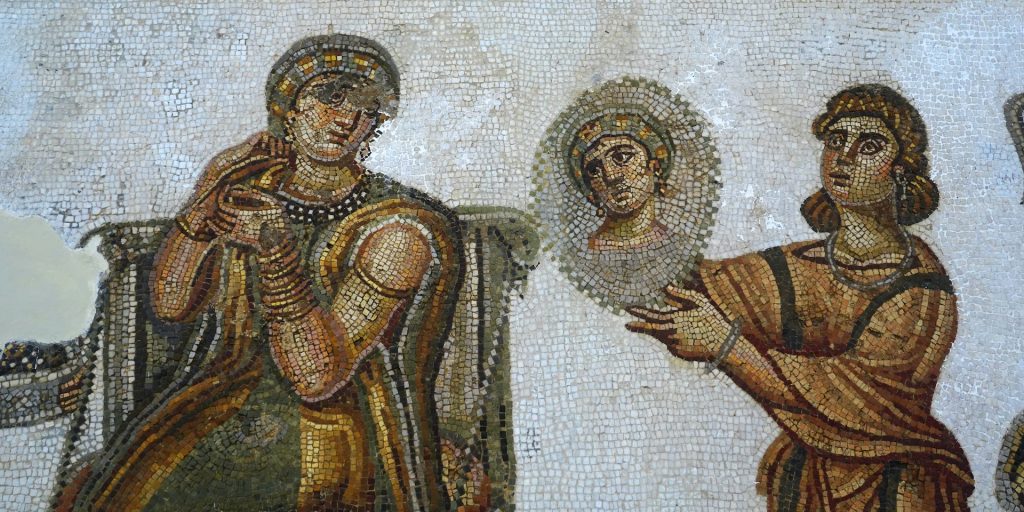
The Historical Significance of Mirrors
Mirrors have a rich history, spanning across different cultures and civilizations. They have played pivotal roles in shaping our world, from personal vanity to scientific advancement:
- Egyptian Mirrors: Ancient Egyptians crafted mirrors from polished copper or bronze and believed they possessed magical properties. Mirrors were used in religious ceremonies, ensuring the soul’s well-being in the afterlife.
- The Roman Mirror: The Romans were the first to produce mirrors with a glass substrate, pioneering the reflective glass we use today. They manufactured mirrored glass by coating blown glass spheres with molten lead or tin.
- The Middle Ages: In the Middle Ages, mirrored glass production declined, and mirrors were replaced with polished metal surfaces. These metal mirrors were often ornately decorated and served as status symbols in wealthy households.
- Venetian Mirrors: During the Renaissance, Venetian glassmakers revolutionized mirror production by using a tin-mercury amalgam for the reflective surface. These highly reflective Venetian mirrors became prized throughout Europe.
- Scientific Advancements: Mirrors have been instrumental in the history of science. Galileo Galilei used mirrors to build the first astronomical telescope, expanding our understanding of the cosmos.
- Modern Mirrors: The 19th and 20th centuries saw the refinement of mirror production processes, making them more affordable and widely available for personal and industrial use.
The Reflective Future
Mirrors have come a long way from their humble beginnings as polished metal or blown glass surfaces. Today, mirrors are not only tools for self-reflection and grooming but integral components of various industries, from science and astronomy to design and security.
As technology advances, mirrors are becoming smarter and more versatile. Smart mirrors are equipped with digital displays, allowing users to access information, adjust lighting, or even virtually try on clothing. Innovations in mirror technology continue to transform the way we interact with these seemingly mundane objects.
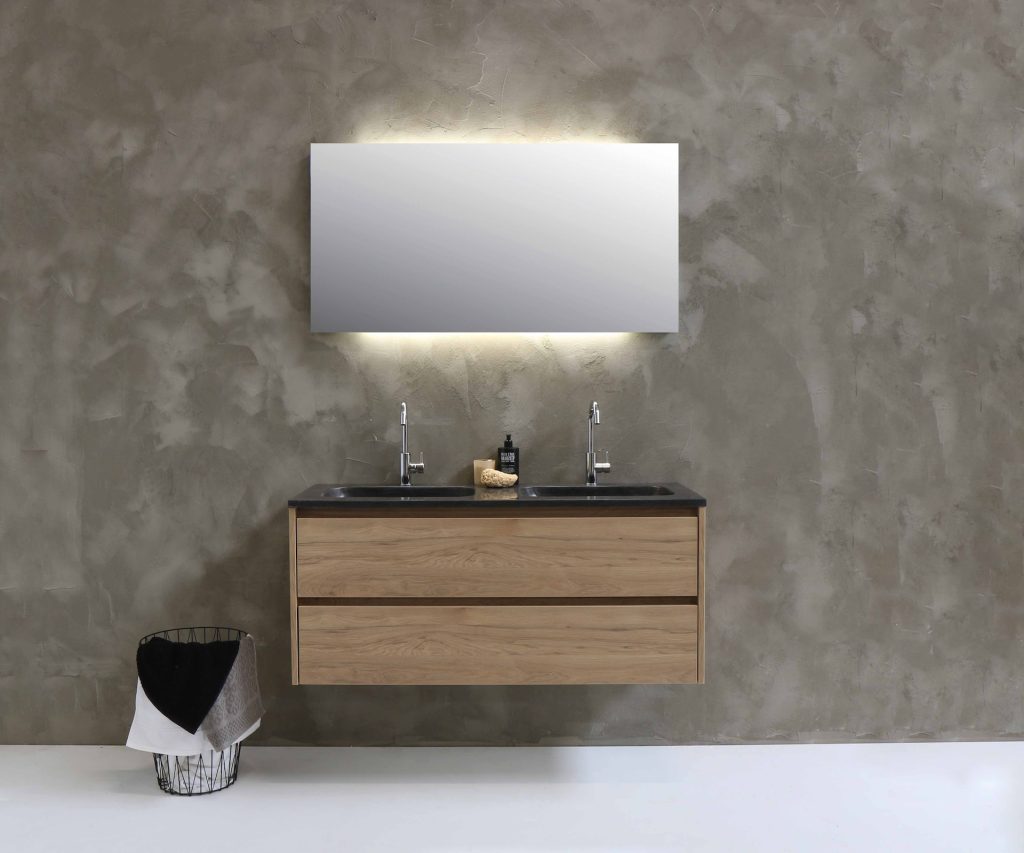
In conclusion, mirrors are more than just reflective surfaces; they are gateways to understanding our history, culture, and scientific achievements. Next time you glance at your reflection or admire the depth and brightness a mirror adds to your living space, take a moment to appreciate the centuries of craftsmanship and discovery that have gone into this simple yet magical piece of glass. Mirrors truly reflect the past and illuminate the future.



